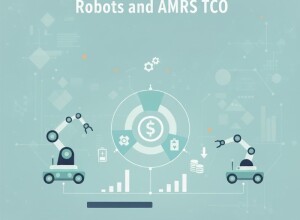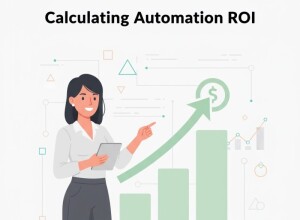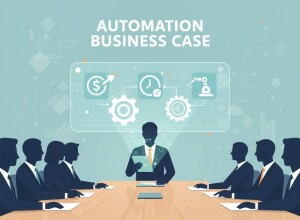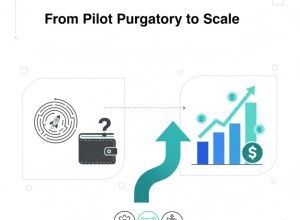Total Cost of Ownership: Batteries, Tires, and Service
Beyond purchase price, the real cost of mobile robotics lies in batteries, consumables, and service uptime. Understanding TCO helps justify automation — and avoid post-deployment surprises.
Batteries
- LFP (Lithium Iron Phosphate): Long life and thermal stability; ideal for multi-shift work.
- NMC: Higher energy density, suited for longer runs but more costly to service.
- Charging: On-the-fly opportunity charging extends runtime without extra bays.
Tires and Drivetrains
Rubber wear and wheel misalignment are often overlooked. Establish rotation schedules and log cumulative distance — a key KPI for predictive maintenance.
Service and Software Updates
Modern AMR fleets include over-the-air updates. Plan maintenance windows like IT patch cycles, with rollback options validated before rollout.
Example
An FMCG plant extended AMR uptime to 97% by introducing automatic battery health checks and weekly firmware validation routines.
Related Articles
- AGV, AMR, or Forklift? A 2025 Buyer’s Decision Tree
- Safety and Standards for Mobile Material Handling
- KPIs for Intralogistics Automation That Matter
Conclusion
TCO visibility ensures long-term success. Batteries and maintenance define profitability far more than robot price — track both from day one.









































Interested? Submit your enquiry using the form below:
Only available for registered users. Sign In to your account or register here.